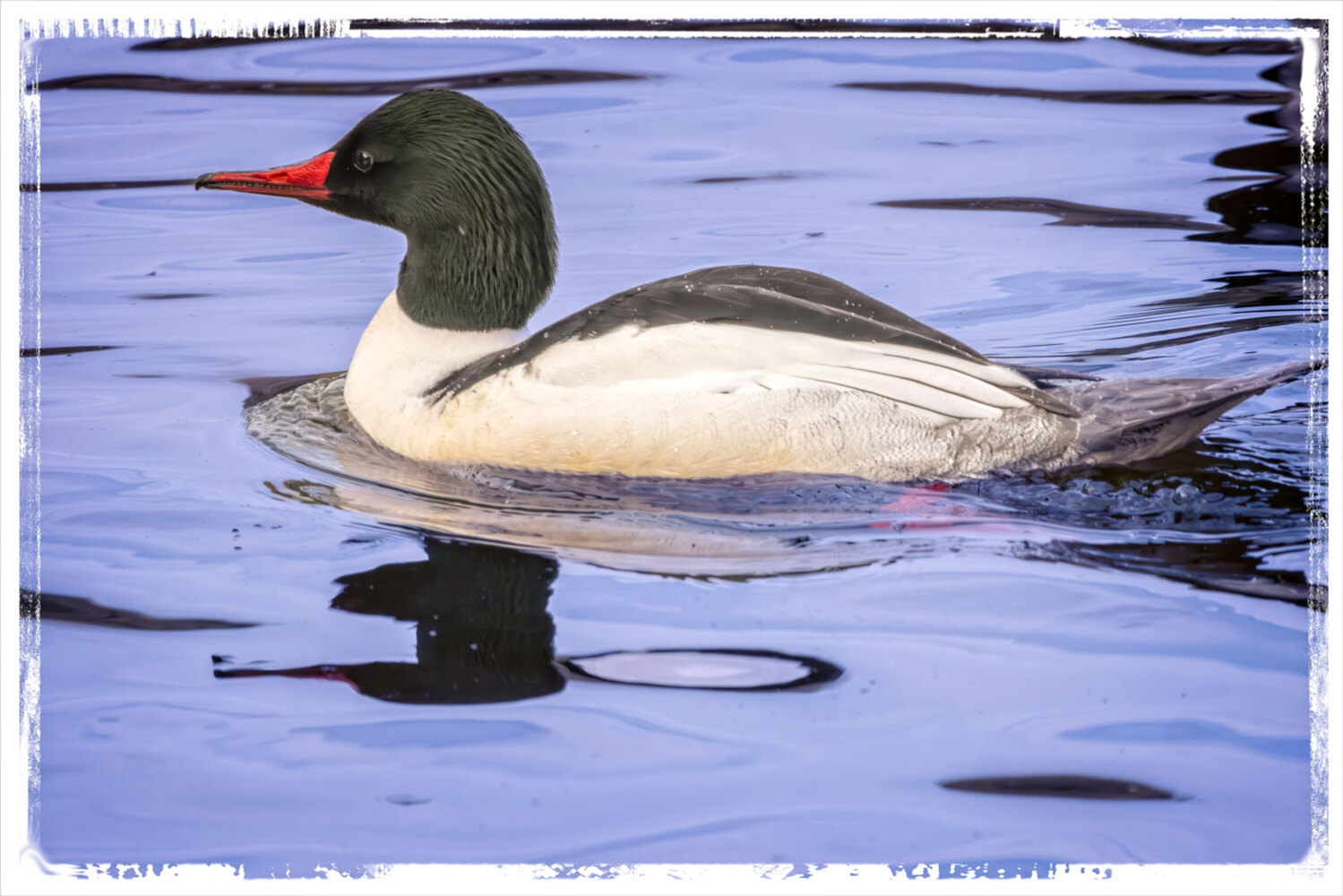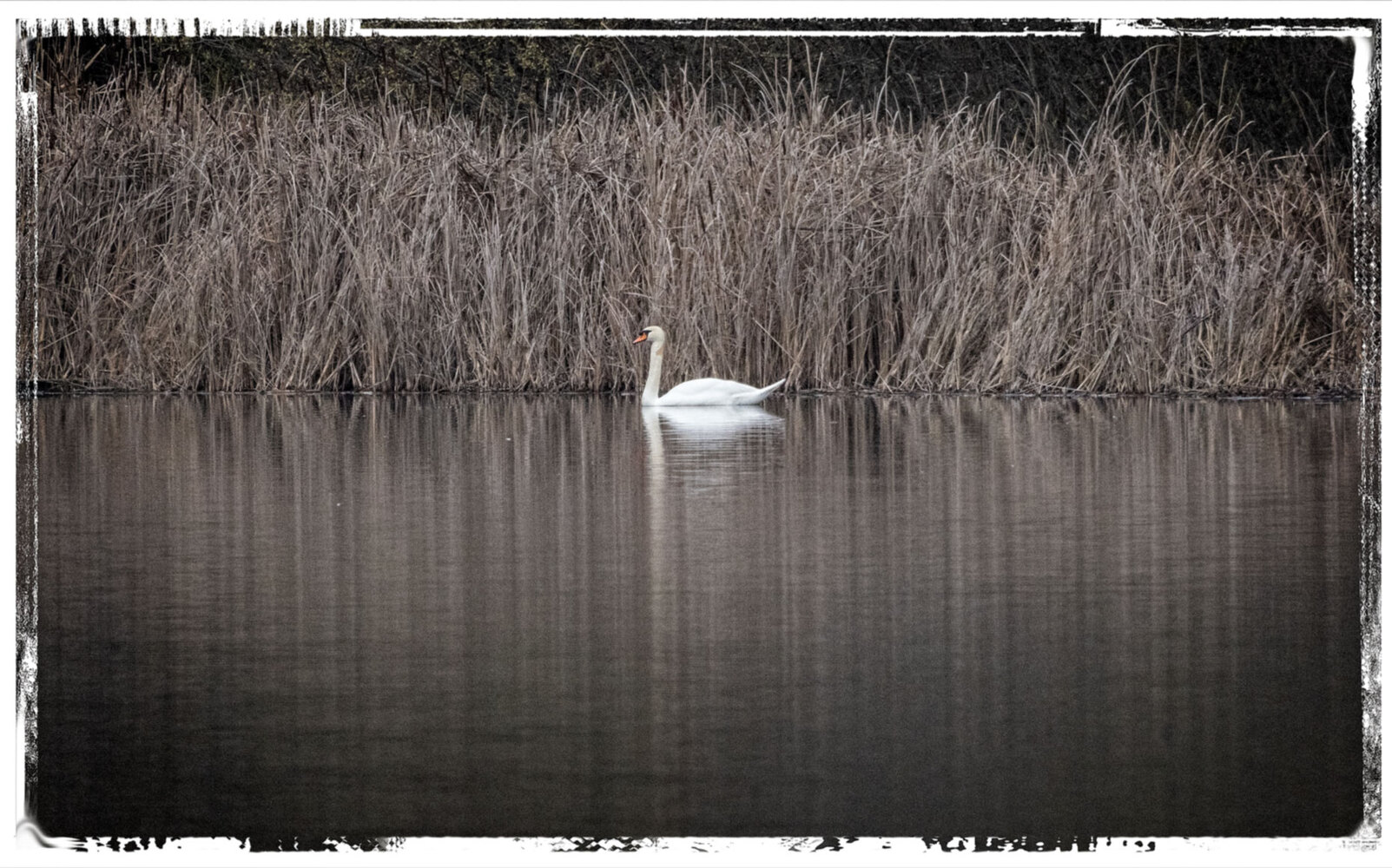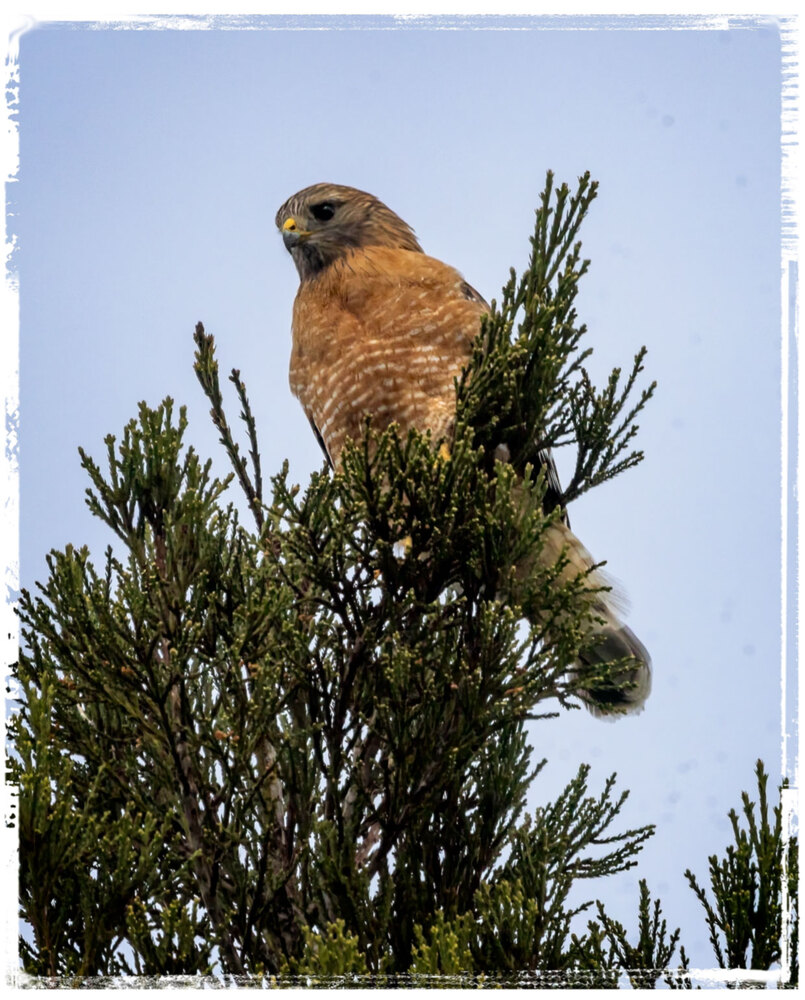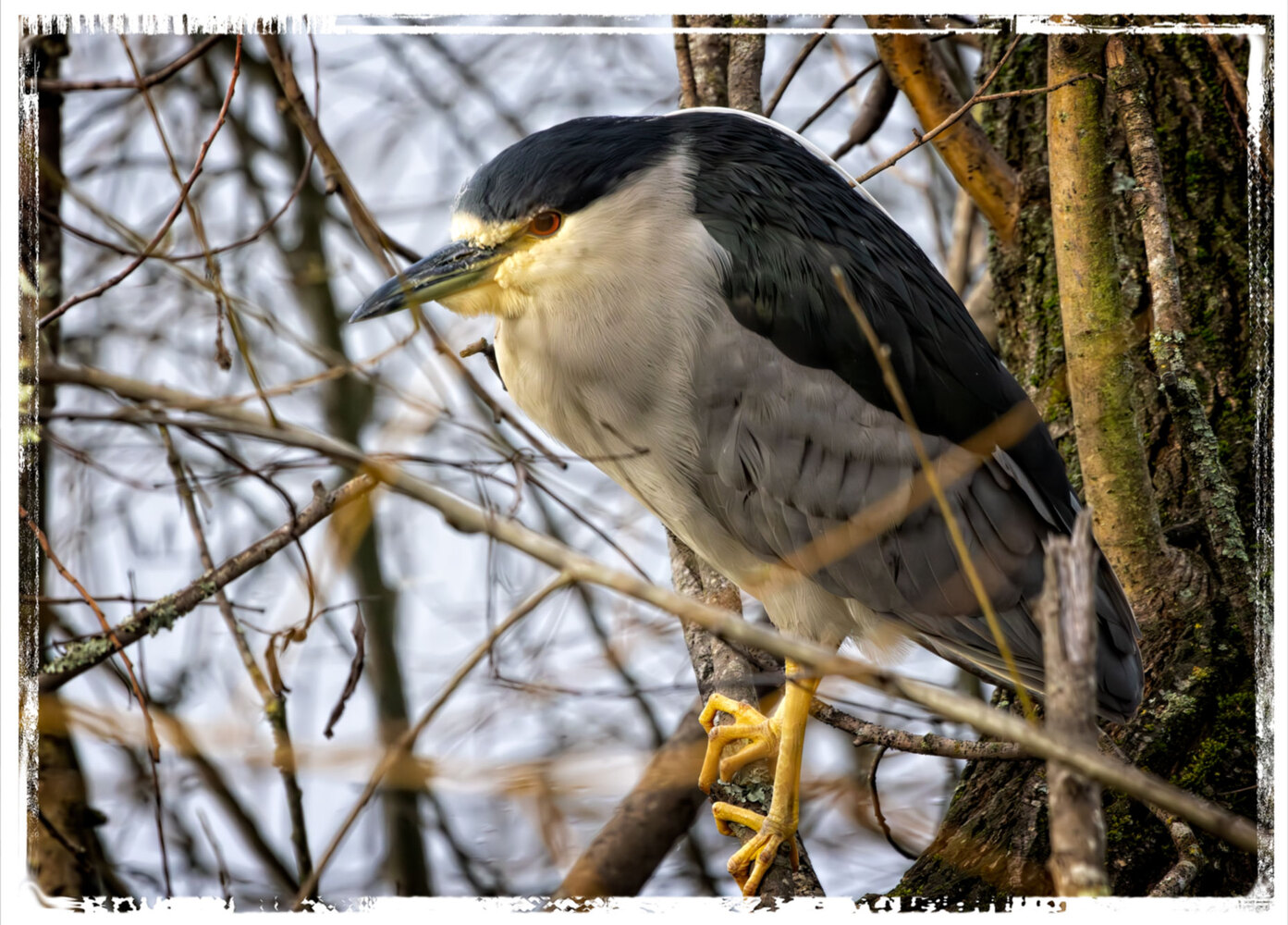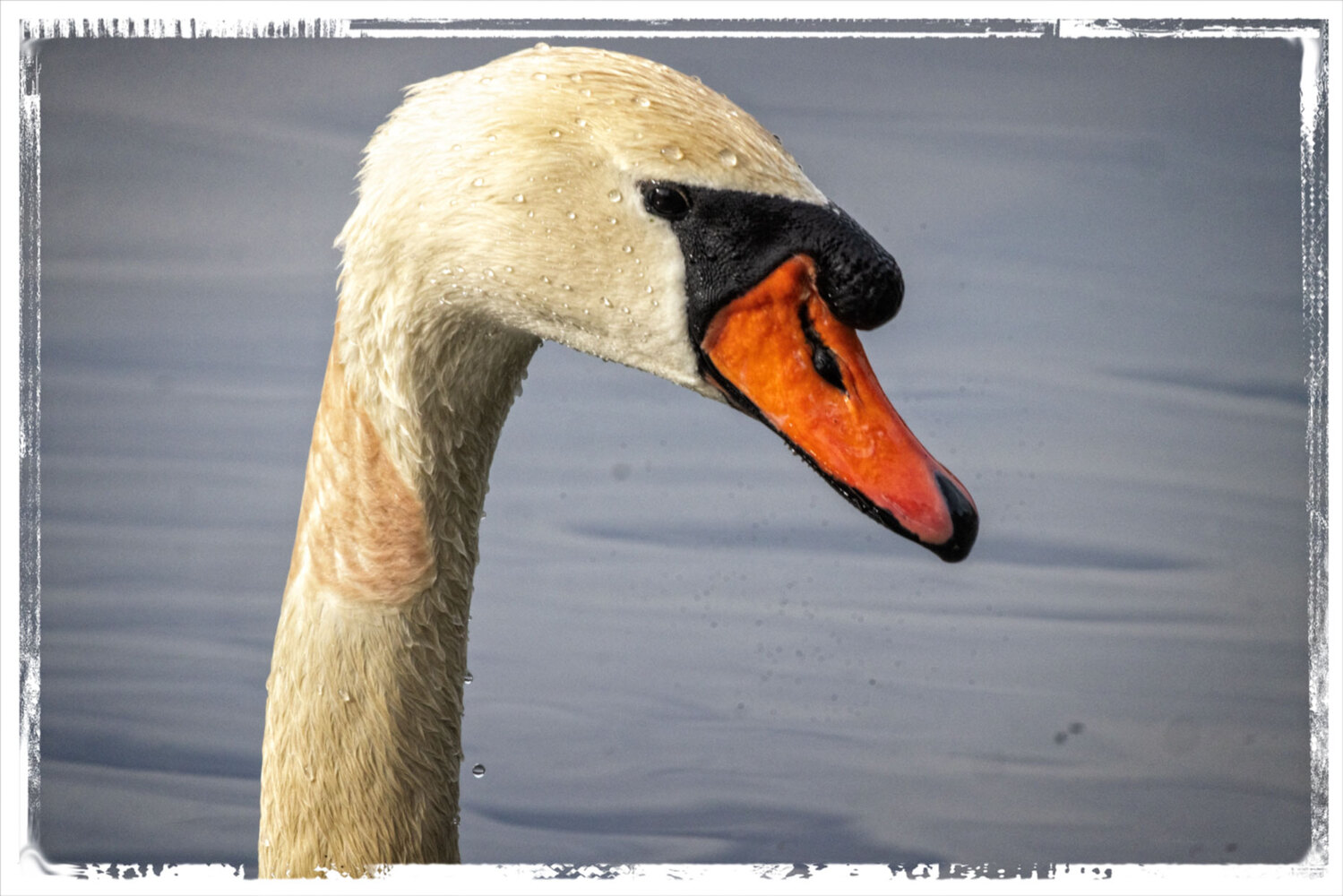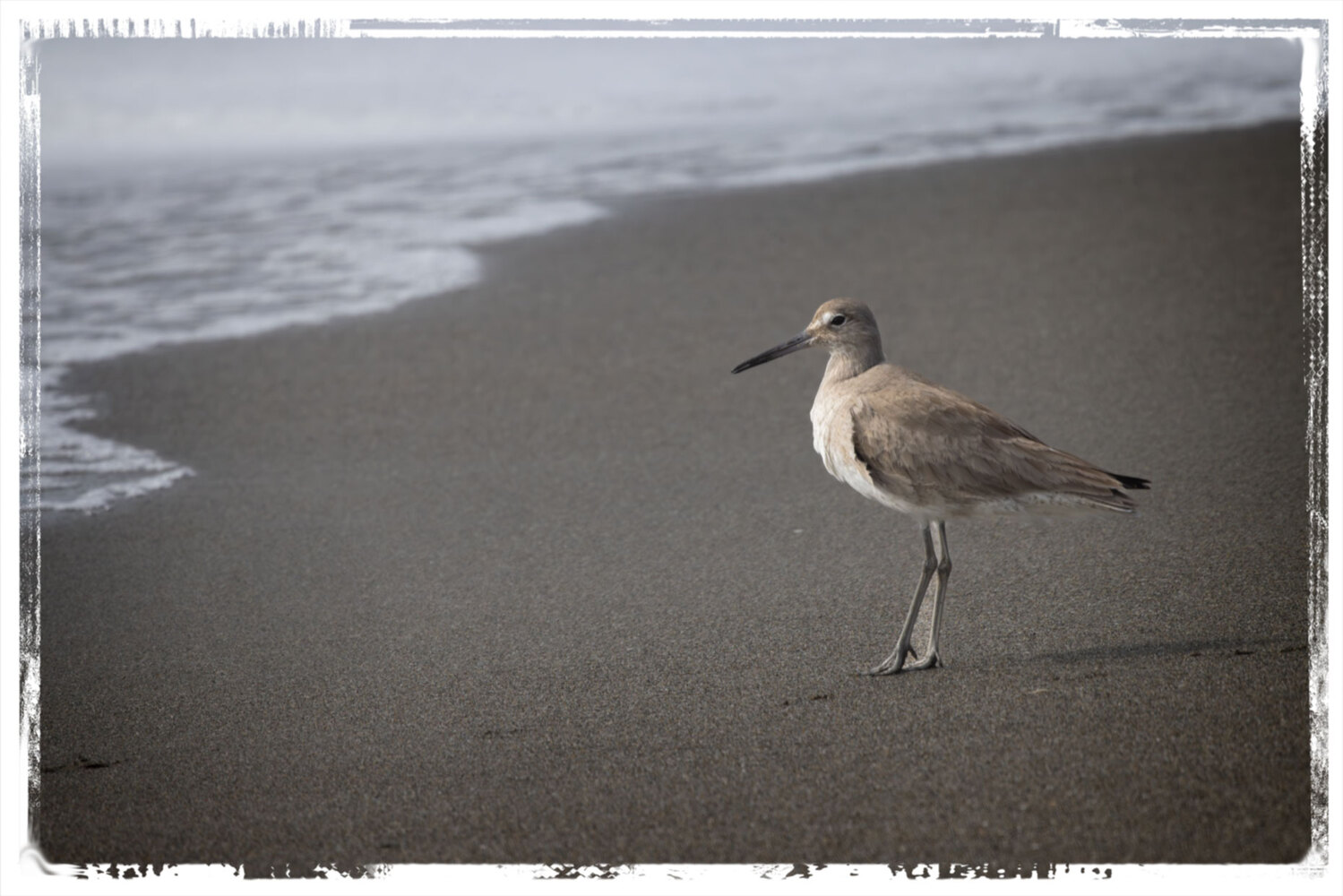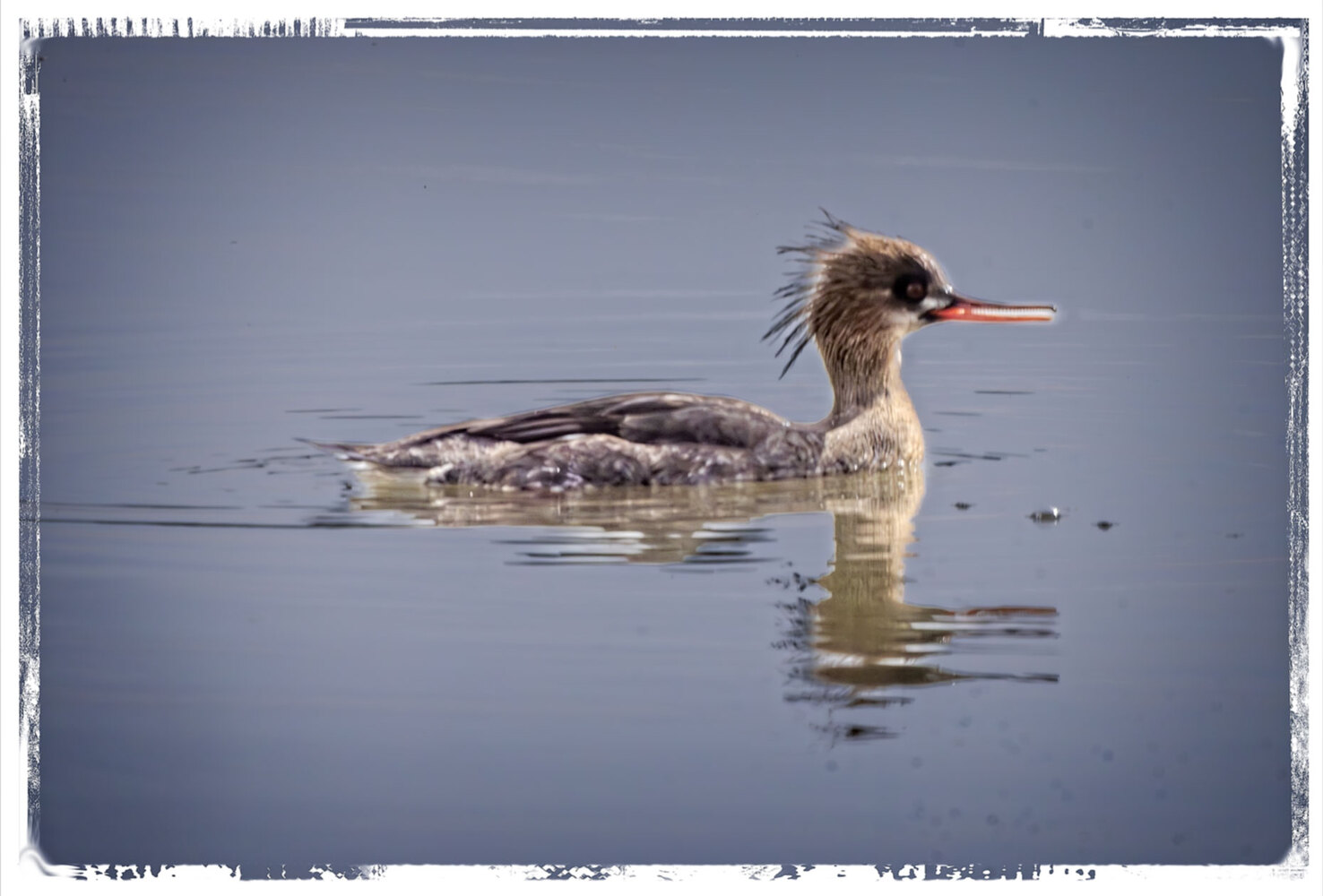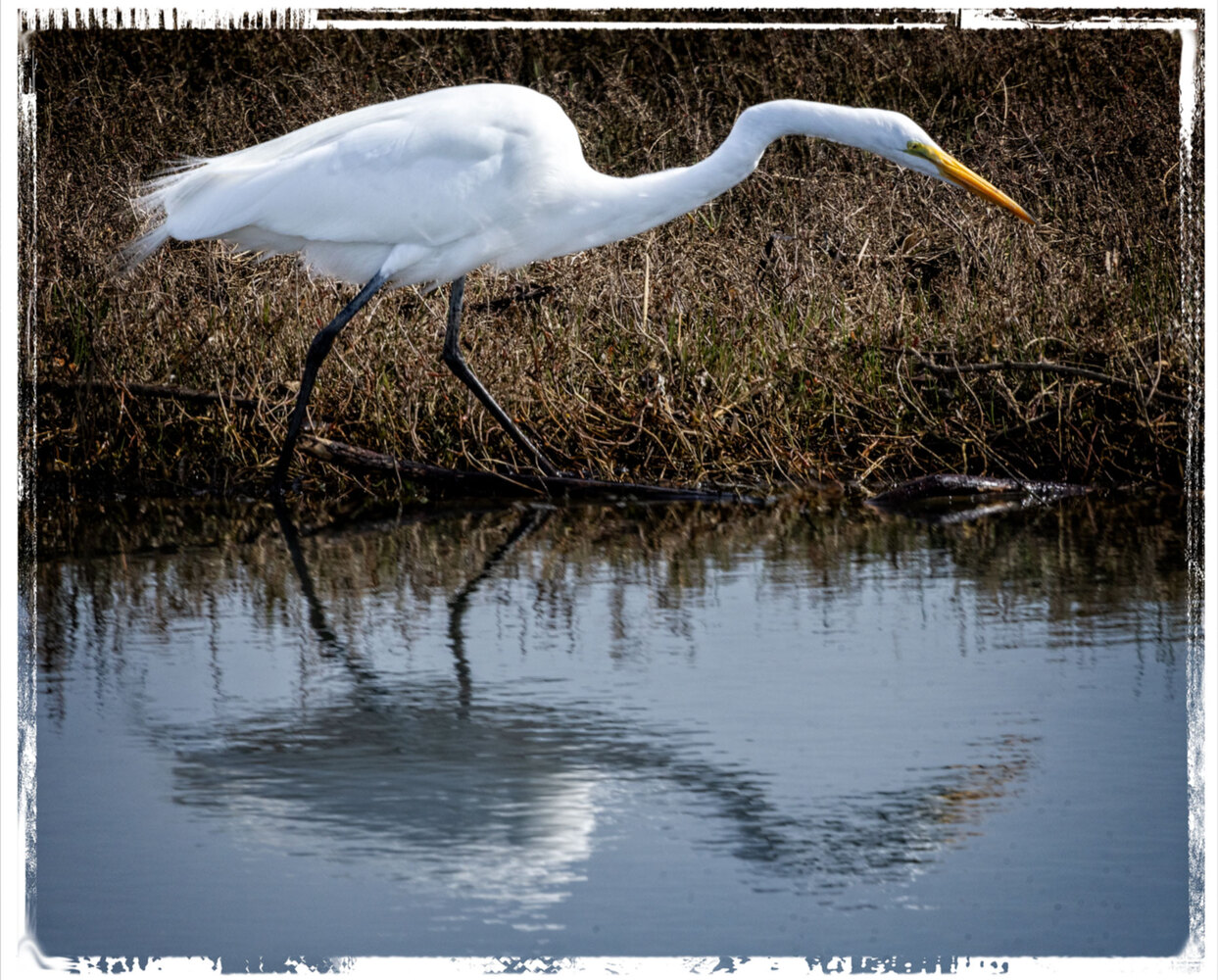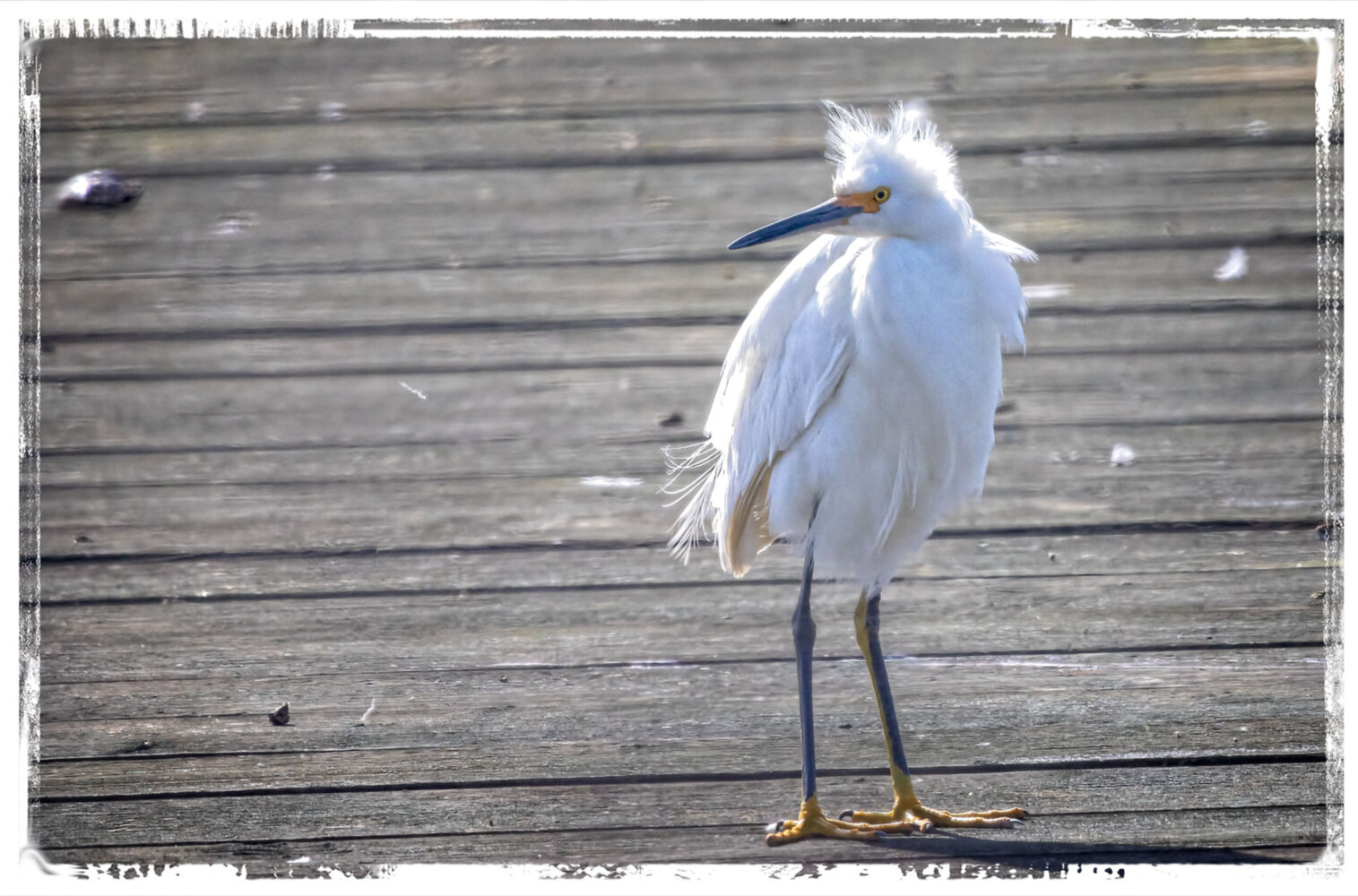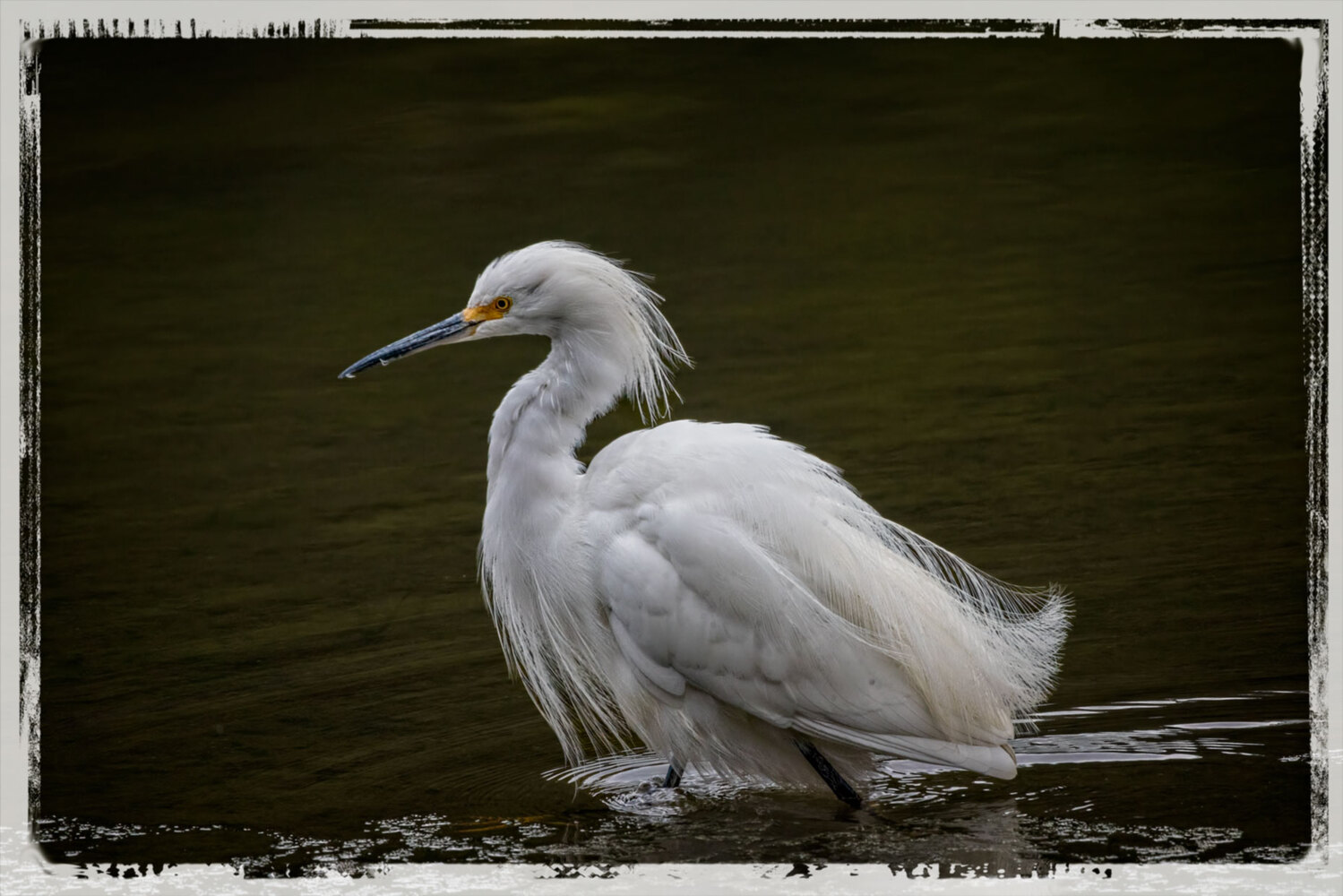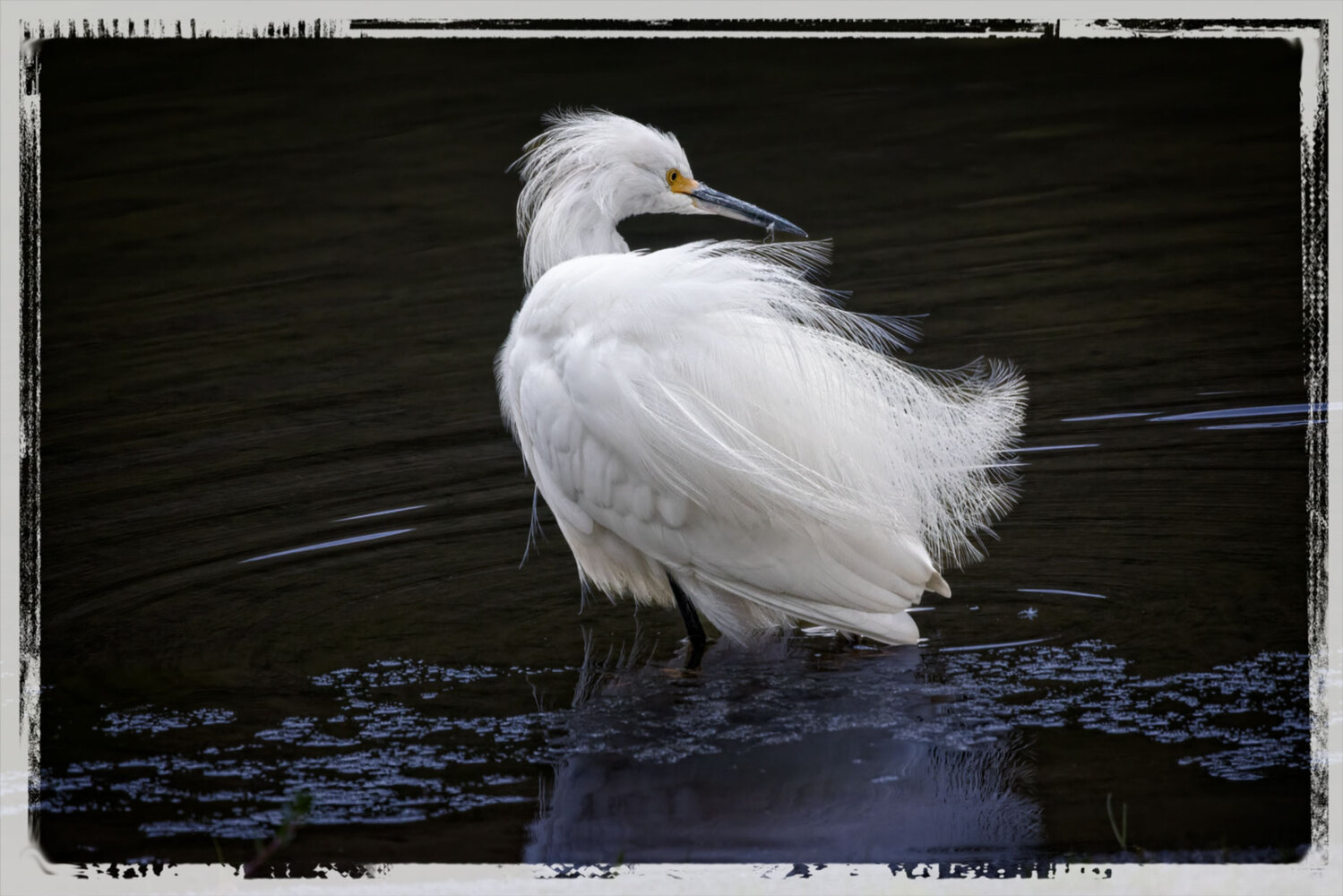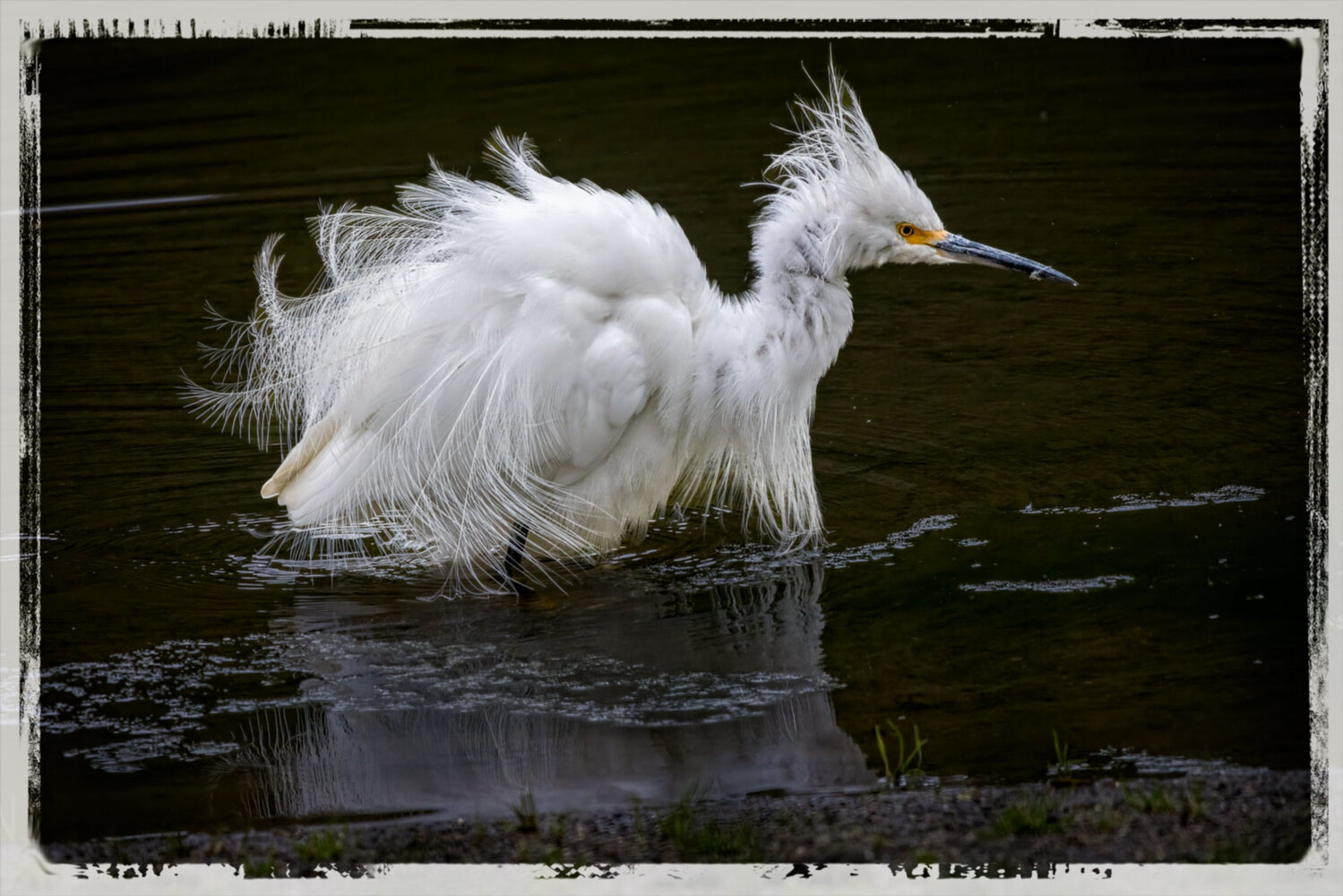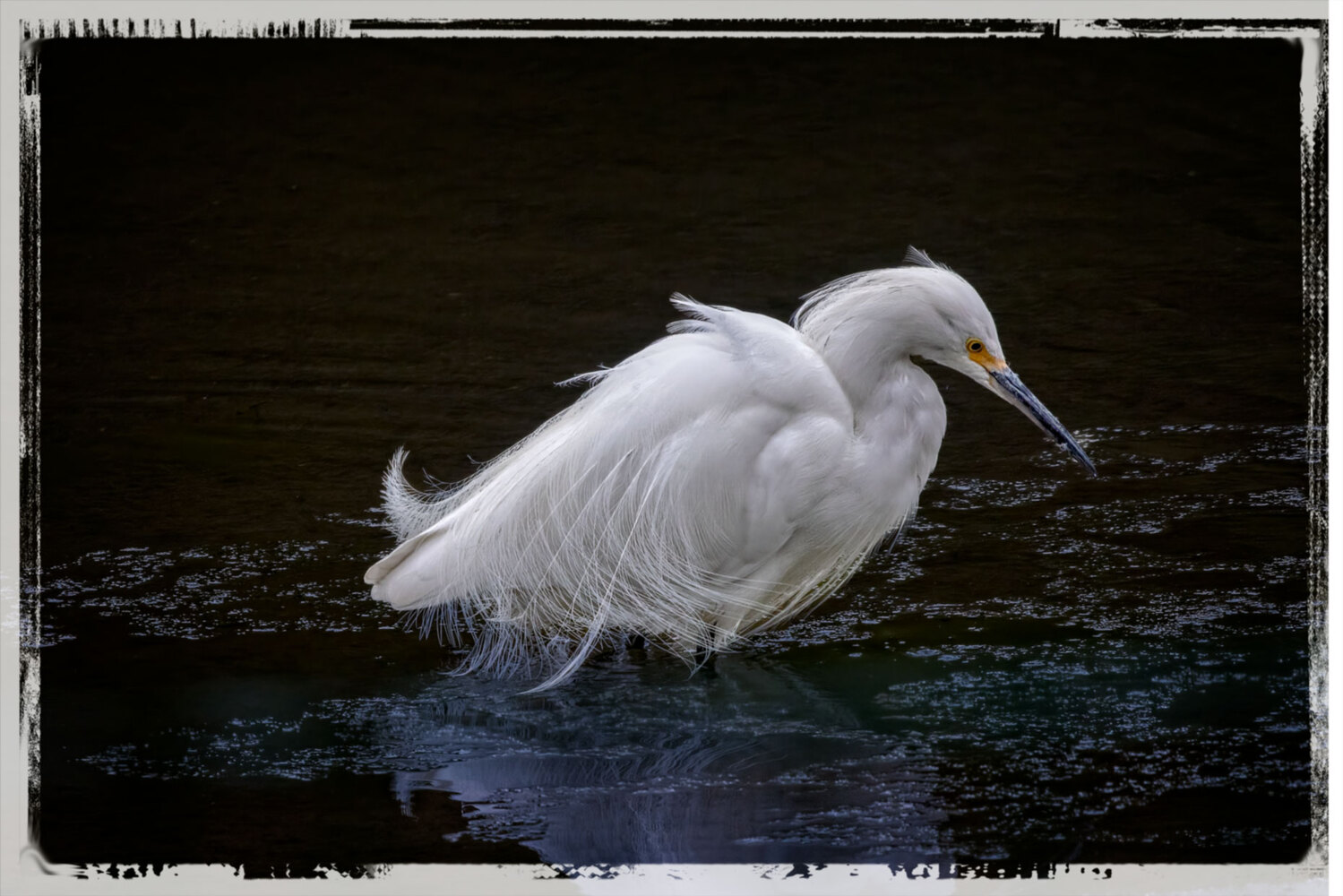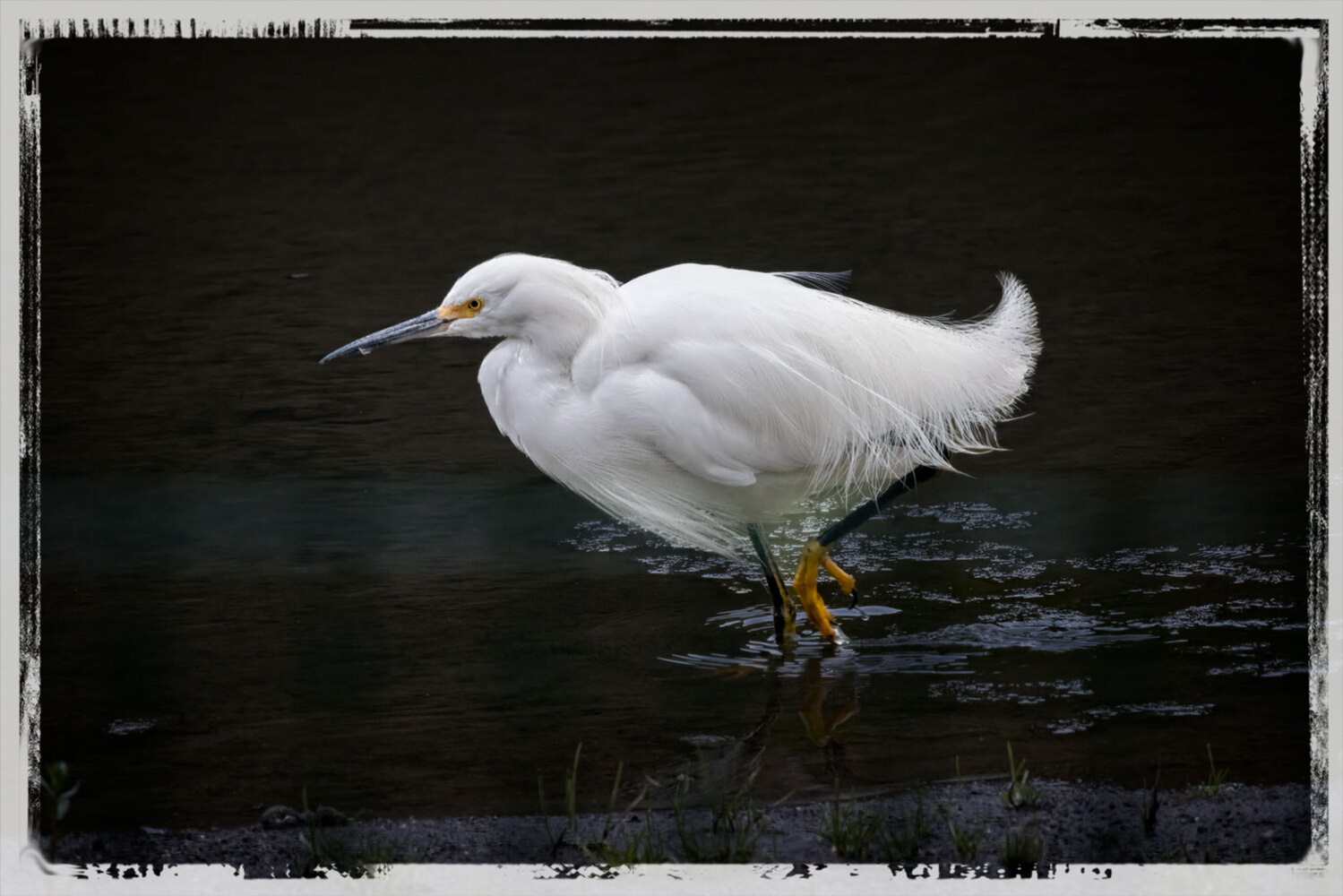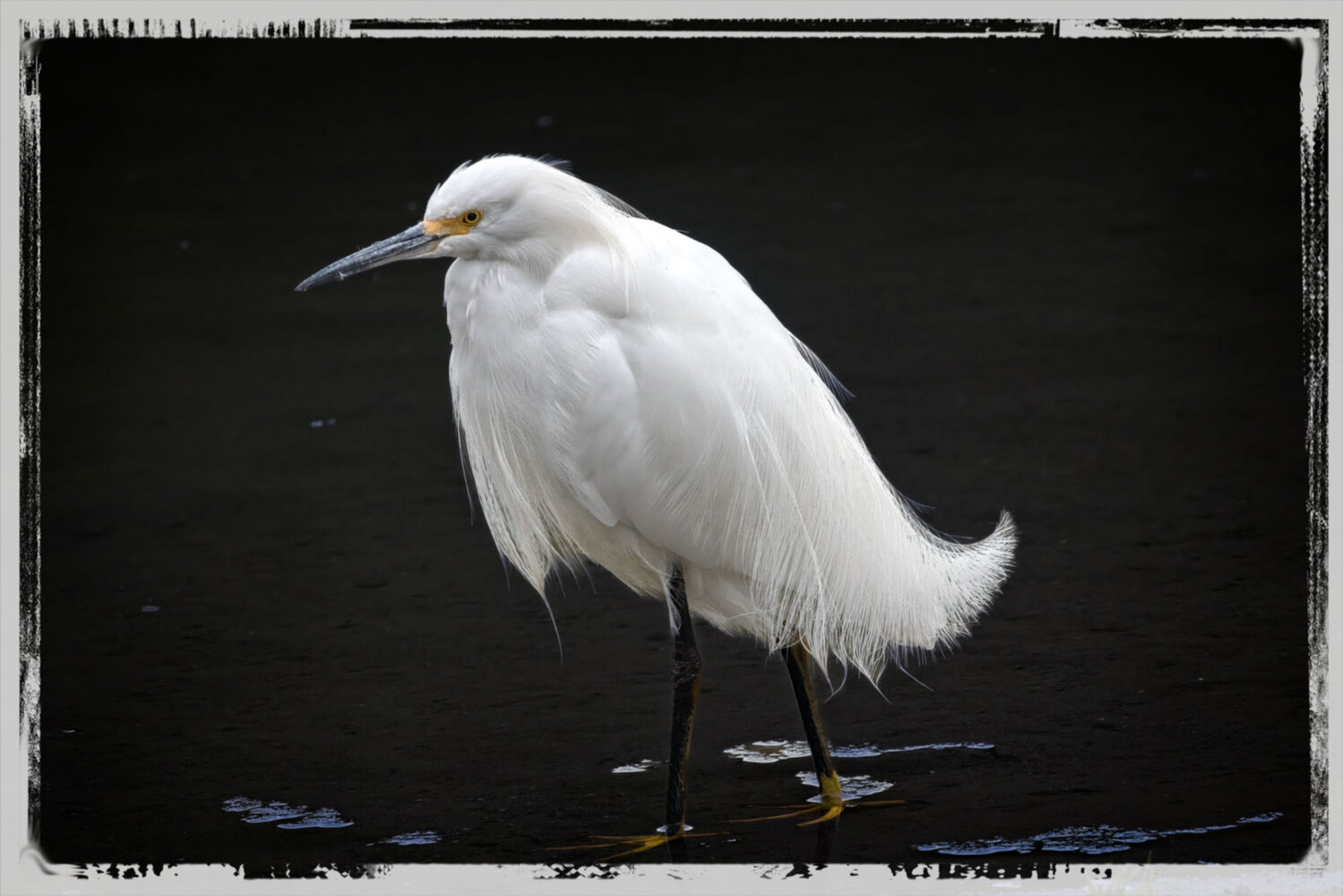It’s been quite a while since we managed to get out to Theler Wetlands, so I wanted to see what was there before we left for another trip to California and Arizona. If this visit was typical of the last few weeks, we haven’t missed too much.
You know it’s a slow day when I stop to get a shot of a male Mallard, even though I’m always a little surprised how beautiful they are when you really look at them. That iridescent head is a real knockout. I’m not sure familiarity breeds contempt, but it certainly seems to breed indifference.
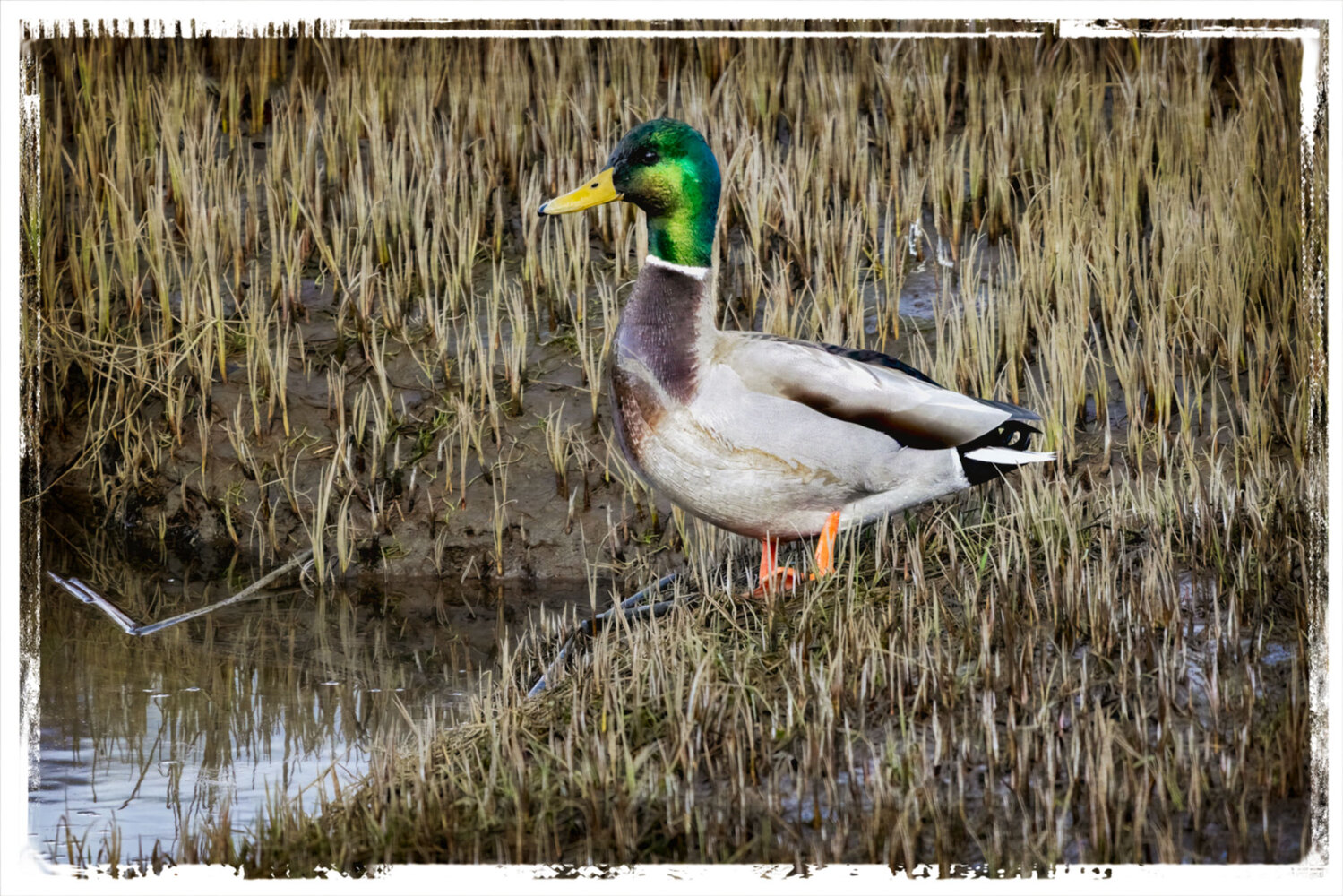
We also saw several pairs of Green-winged Teal feeding along the opposite side of the Union River.
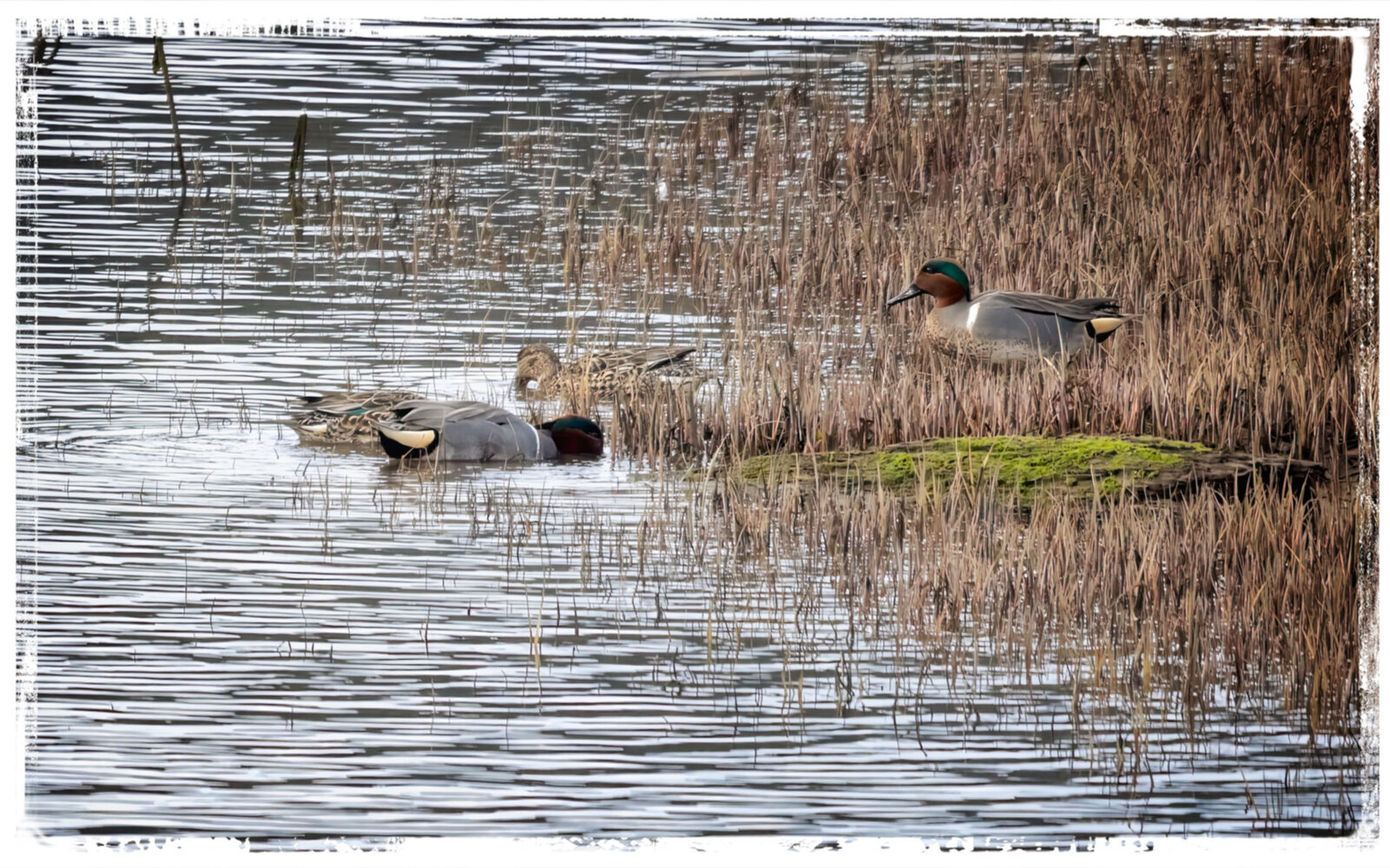
Although there were still some small flocks of Canada Geese, most seemed to have paired off and were loudly claiming their territory when they weren’t feeding.
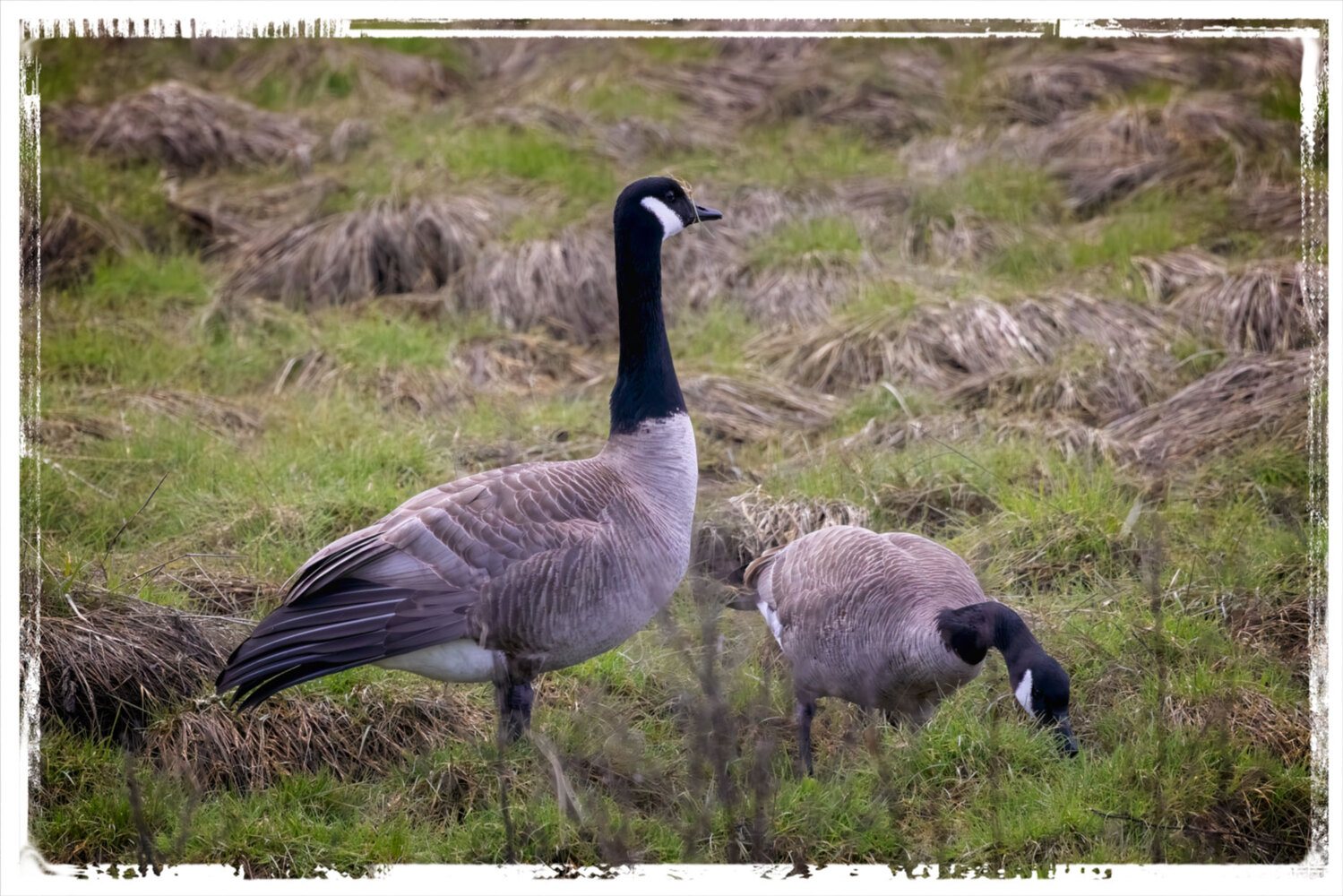
Luckily, Leslie saved the day, at least photographically, when she spotted our favorite Marsh Wren loudly proclaiming that we were intruding on his kingdom.
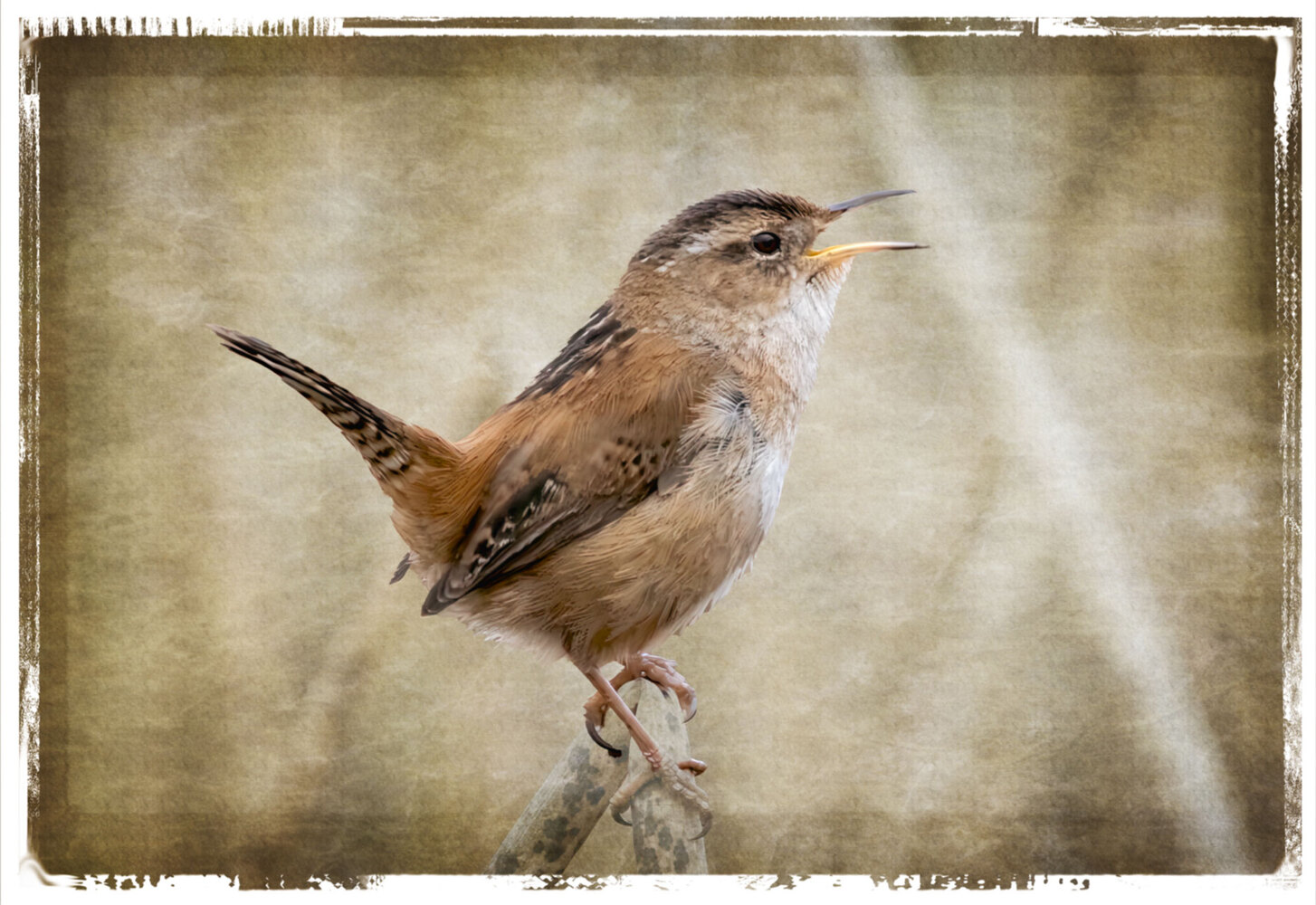
Marsh Wrens are definitely a favorite, and I really liked this shot.
As the saying goes, “All we need is one good bird.” And we got it.

